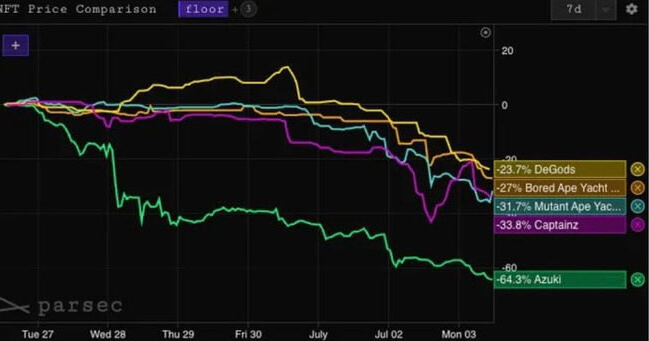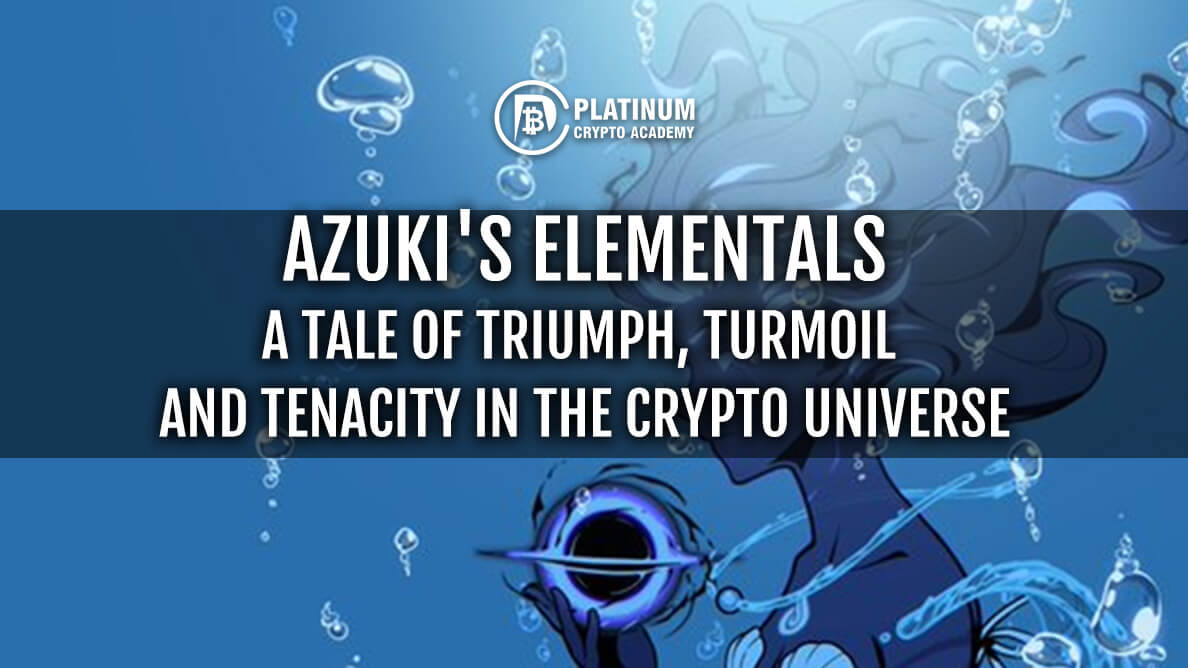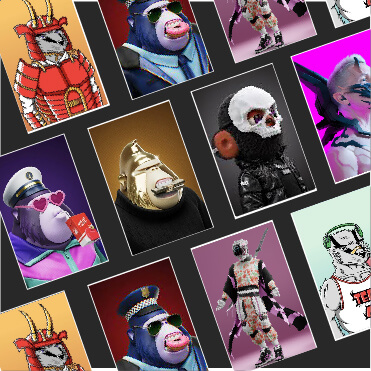In the exhilarating world of non-fungible tokens (NFTs), Azuki has been a trailblazer, navigating the uncharted territories of anime-inspired digital art. However, the recent launch of its new “Elementals” collection has sparked a whirlwind of controversy and debate, adding an unexpected twist to the crypto adventure.
On June 27, 2023, Azuki embarked on a new journey with the launch of the Elementals mint, a derivative of its original collection. The event was met with immense anticipation, and the entire collection sold out in a record-breaking 15 minutes, generating a staggering $38 million worth of Ethereum. However, the celebration was short-lived as the community’s excitement quickly turned into frustration and disappointment.
— Azuki (@Azuki) June 24, 2023
The minting process was marred by technical issues and questionable mechanics. Azuki, in an oversight that would make a rookie blush, failed to impose a cap on the number of Elementals any single collector could mint. This led to an uneven distribution, with one user even securing a staggering 332 Elementals during the presale, leaving many collectors empty-handed despite their punctuality.
But the plot thickened. When the artwork was revealed, it was like opening a treasure chest only to find familiar trinkets. Many Elementals bore an uncanny resemblance to the original Azuki collection. Some NFTs were nearly identical, save for minor details and alterations. This led to a wave of criticism, with collectors accusing Azuki of diluting its own brand and failing to deliver on the hype.
The backlash had a significant impact on the market. The floor price of the Elementals NFTs fell below its original mint price of 2 ETH in just over 24 hours. The original Azuki collection also took a hit, with its floor price plummeting about 32% over the last 24 hours.

In response to the mounting criticism, Azuki admitted to its shortcomings. The brand acknowledged that the mint process was hectic and that the Elementals felt too similar and even dilutive to the original Azuki collection. They expressed their regret over the situation, stating, “This time, we missed the mark.”
Despite the controversy, Azuki remains optimistic about the future. The brand teased a new NFT called “Green Bean,” sparking speculation about potential airdrops, complex “evolution” mechanics, and another PFP collection. While details remain scarce, the introduction of the “Green Bean” suggests that Azuki is eager to make amends and restore trust within its community.
The Azuki Elementals saga serves as a stark reminder of the volatility and unpredictability of the NFT market. It underscores the importance of transparency, fairness, and innovation in minting processes and artwork creation. As the NFT landscape continues to evolve, brands must strive to deliver value to their communities while navigating the challenges of this burgeoning market.
In the end, the Elementals mint was a twist in the crypto adventure, filled with anticipation, excitement, disappointment, and controversy. It’s a testament to the highs and lows of the NFT world, a world that continues to captivate, surprise, and challenge us at every turn.
So, gear up, crypto enthusiasts! The adventure is far from over. With Azuki leading the way, we can expect more surprises, more challenges, and more thrilling discoveries. And remember, in the world of NFTs, it’s not about the destination, it’s about the journey.



